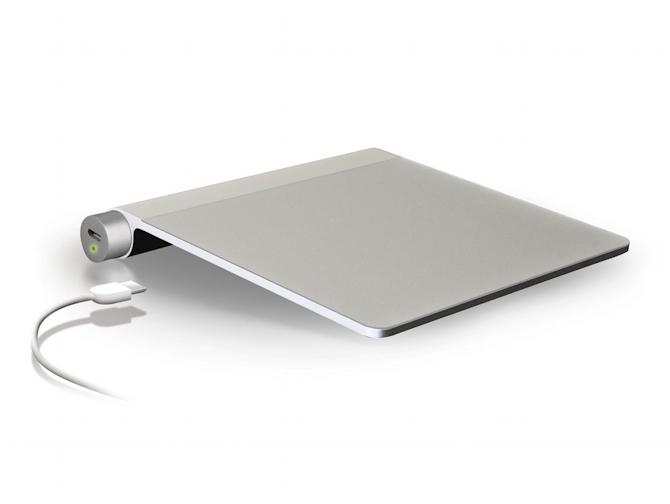Cellular carrier T-Mobile announced (and Apple confirmed) that they’ll be getting the iPhone in 2013. And they also announced that they’re ending smartphone subsidies.
For those unfamiliar with how the subsidy model works, a brief explanation: All the big cellular carriers make their money selling 3 types of services: voice minutes, text messaging, and internet connectivity, commonly referred to as talk, text, and data. Data is especially profitable—AT&T charges an extra $50/month for a 5GB data plan. Add in the talk & text charges, and the total monthly bill is $110 to $140. ((Pricing clarified at the suggestion of Motley Fool user NailThatJello. Detailed rate plans from the big 3 US iPhone carriers can be found here.)) Of course, only smartphone users need data plans, and so carriers want to encourage as many customers as possible to use smartphones. And one of the tricks they use to encourage smartphone ownership is subsidizing the purchase price of the phone itself.
So AT&T pays Apple $650 for an iPhone, then they resell it for just $200, meaning they actually subsidize $450 of the cost. They’re happy to do this knowing they’ll more than make up the difference in the monthly service charges they collect from users. The subsidy costs them about $19/month, but they charge more than that just for the data portion of the bill. (I use AT&T as an example here, but the same logic applies to Verizon and Sprint as well.)
At the end of 2 years, if the customer keeps their existing phone, their profit magically goes up by $19/month, since they no longer have to pay off that subsidized phone. AT&T does not lower the service price after the subsidy is paid off.
But T-Mobile is going to change things. Right now they offer a plan for unlimited talk, text, and data for $50. Two years of that service is $1200. Add in the $650 cost of the iPhone, and your out-of-pocket expense is $1850. You’d pay almost twice as much — $3,560 — with AT&T for the same phone and similar service. Furthermore, T-Mobile will let spread the payments out over 24 months, meaning that you don’t have to pay for that $650 iPhone in advance.
So what will happen when T-Mobile gets the iPhone? My guess is that lots of users will switch. (For technical reasons most current iPhones can’t easily be switched to T-Mobile’s network, but that will likely change with the next iPhone model.) Eventually AT&T, Verizon & Sprint will be forced to compete, offering discounted rates for customers who buy their own phone.
Everything I’ve written above is reasonably obvious, so now let me get to the unforeseen consequences mentioned in the title to this blog entry.
It’s well known among industry analysts that US carriers strongly favor Android phones over iPhones. The web is full of stories about people asking for iPhones at Verizon and AT&T stores, and being rather forcefully steered toward competing Android models. Carriers prefer Android phones for two reasons. The obvious reason is that Android phones are cheaper, requiring smaller subsidies. The less obvious reason is that the average Android user doesn’t use much data. The average iPhone users uses 10 times as much data as the average Android user. ((Do the math: Worldwide, Android phones account for about 75% of all in-use smartphones, but only about 30% of all mobile web traffic. iPhones are about 15% of all smartphones, and account for about 60% of all mobile web traffic. Thus on a per-phone basis, iPhone web usage outpaces Android by about 10-to-1.))
So Verizon et. all. like Android phones because they are cheaper to subsidize and don’t place a heavy burden on their data network.
Now, what happens when the subsidies disappear? Android users may figure out that they’re paying for data they aren’t using. They’ll switch to cheaper data plans, or maybe even turn off data completely (if their carrier lets them). And carriers suddenly have no one who wants to buy data — except iPhone users!
The unforeseen circumstance which I’m predicting here is that the end of the subsidy model will lead to carriers favoring iPhones because iPhone users will buy lots of data.
Time will tell if I’m right.
If anyone spots any errors in spelling, grammar, or logic, please let me know. If I agree, I’ll acknowledge & correct the error, and give credit to whomever first brought it to my attention.
For those of you who want specifics, I got the following rate quotes from the big three carriers. I tried to make them as similar as possible. (Rates vary by location, phone selected, and, for all I know, the day of the week.)
Like this:
Like Loading...


